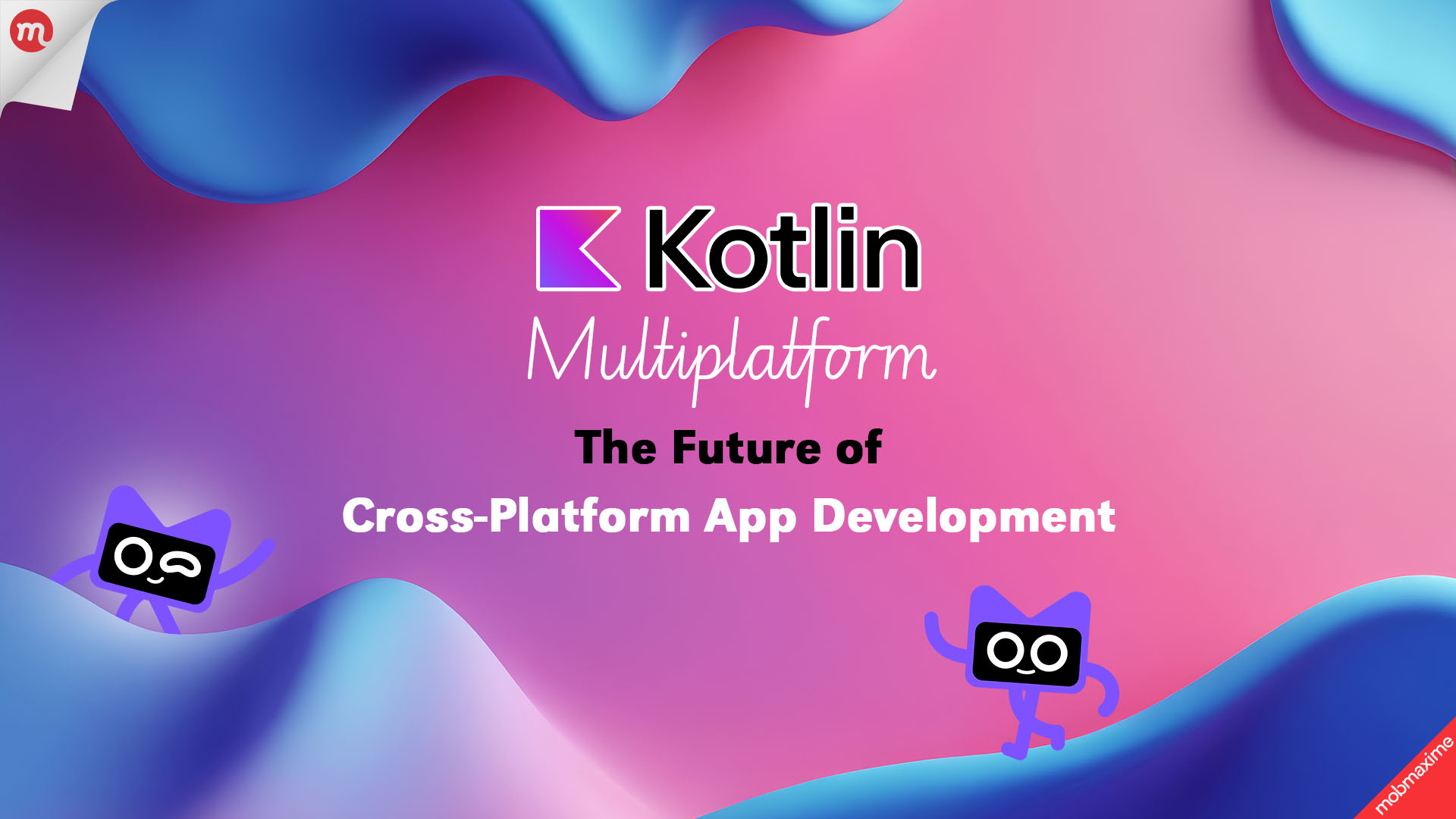Kotlin Multiplatform: The Future of Cross-Platform App Development

In today’s fast-paced digital world, building apps for both Android and iOS is no longer a luxury—it’s a necessity. However, creating and maintaining two separate codebases for each platform is time-consuming and expensive. This is where Kotlin Multiplatform comes in, offering a powerful solution for cross-platform mobile app development.
Whether you’re a startup, a product company, or a Native Android App Development Company or Native iOS App Development Company, Kotlin Multiplatform helps you build faster, save costs, and maintain a consistent user experience across platforms.
Why Choose Kotlin for Cross-Platform Mobile Apps?
Kotlin is a modern, concise programming language developed by JetBrains. It is officially supported by Google for Android development and is growing rapidly in popularity for backend and mobile development.
Here’s why it’s a great fit for cross-platform development:
-
Shared Codebase
With Kotlin Multiplatform, you can write your core app logic once and use it on Android and iOS. This includes business logic, network calls, data models, and more. You save time and reduce bugs by avoiding duplicated work.
-
Native Performance
Unlike other cross-platform frameworks that rely on bridges or web technologies, Kotlin compiles directly to native code. That means apps built with Kotlin cross-platform development run as smoothly as native apps on both platforms.
-
Easy Integration
Kotlin Multiplatform is flexible. You don’t need to rewrite your entire app. You can start small—perhaps sharing networking or database logic—and add more shared code as your app grows.
Cross-Platform with Kotlin Native
Kotlin Native is the part of Kotlin that allows code to run on platforms without a Java Virtual Machine (like iOS). It uses LLVM (a low-level compiler) to generate fast, native binaries.
Benefits of Kotlin Native:
-
Direct access to iOS APIs using Kotlin
-
No need for JavaScript bridges or third-party layers
-
Interoperability with Swift and Objective-C
-
Lightweight and optimized for performance
So, if you’re building iOS apps using Kotlin Native, you can still deliver a 100% native user experience while reusing most of your code written for Android.
How to Build Cross-Platform Apps Using Kotlin Multiplatform
Here’s a simplified approach to getting started:
-
Set Up Your Project
Use tools like Android Studio or IntelliJ IDEA with Kotlin Multiplatform plugins. You’ll create shared modules (commonMain) and platform-specific modules (androidMain, iosMain).
-
Write Shared Code
You can put common code like:
-
-
Network calls (using Ktor)
-
JSON parsing (using kotlinx.serialization)
-
Database access (using SQLDelight)
-
Business logic and calculations
-
-
Use Platform-Specific Code When Needed
Sometimes, features like camera access or push notifications need platform-specific implementation. Kotlin lets you use expect/actual to define platform-specific code where needed.
-
Build and Test
Build your Android app using Gradle, and your iOS framework as an .xcframework. This allows integration into Xcode for iOS development and testing.
Why Businesses Are Switching to Kotlin Mobile App Development
-
Faster development time: One codebase saves engineering hours.
-
Lower maintenance cost: Fix bugs once and they’re fixed everywhere.
-
Consistency: Your business logic works the same on Android and iOS.
-
Flexibility: Add shared code step by step instead of doing a full rewrite.
For mobile development companies, adopting Kotlin Multiplatform opens up new opportunities to deliver cross-platform apps without learning new frameworks like Flutter or React Native. This gives a competitive edge to both a Native Android App Development Company and a Native iOS app Development Company.
Real-Life Use Cases
Several major companies are already using Kotlin Multiplatform in production, including:
-
VMware – Shared code for mobile and desktop
-
Netflix – For data storage libraries
-
Philips – For their internal apps
These examples show that Kotlin is ready for real-world usage.
Conclusion
Kotlin Multiplatform is a modern and efficient way to build mobile apps for both Android and iOS using a single codebase. It saves time, reduces bugs, and improves development speed while still offering native performance.
Whether you are starting a new app or maintaining an existing one, Kotlin Multiplatform is worth considering. It brings the best of both worlds—shared code where possible, native code where necessary.
If you’re a business looking for cost-effective and reliable app development, working with a team that understands Kotlin cross-platform development can help you build better apps, faster.
Ready to Build Smarter with Kotlin Multiplatform?
Whether you’re a startup looking to launch faster or an enterprise aiming to reduce development costs, Kotlin Multiplatform is your path to efficient, high-quality app delivery.
At MobMaxime, we specialize in building powerful, scalable apps using Kotlin for both Android and iOS. As a trusted Native Android App Development Company and Native iOS App Development Company, we help brands like yours go cross-platform without compromise.
Let’s build your next app—faster, smarter, and better.
Contact us today for a free consultation!
Join 10,000 subscribers!
Join Our subscriber’s list and trends, especially on mobile apps development.I hereby agree to receive newsletters from Mobmaxime and acknowledge company's Privacy Policy.
